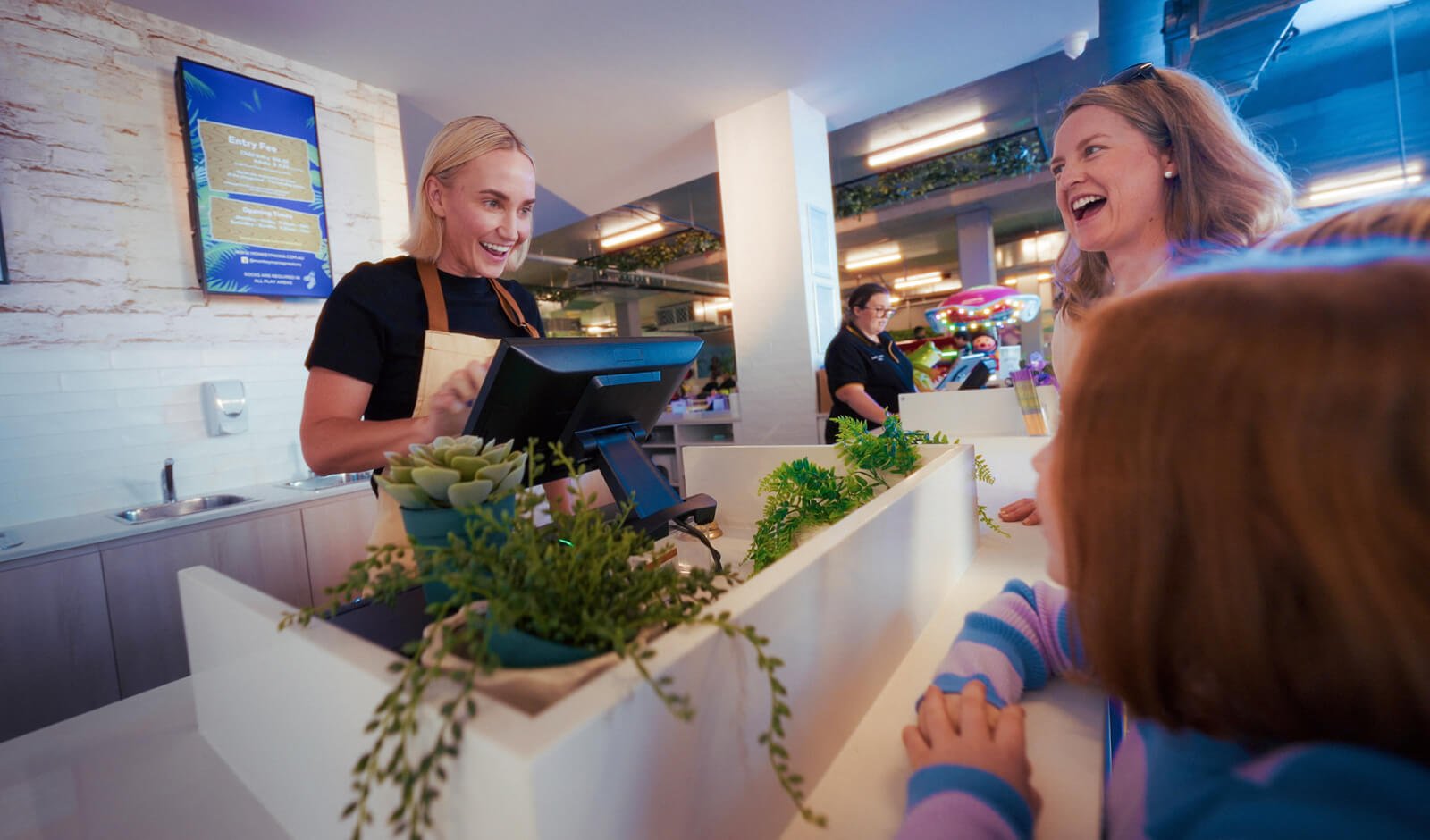5 Captivating Indoor Playground Design Ideas (2023 Edition)
_Social.png?width=820&name=3%20indoor%20playground%20design%20ideas%20(2023%20edition)_Social.png)
Indoor playgrounds have revolutionized the way children engage in play. These vibrant and imaginative spaces offer a safe haven for kids to unleash their energy, stimulate their creativity, and develop crucial social skills. To maintain the highest safety standards and keep attractions fresh, it is recommended that indoor playgrounds undertake a major upgrade every four years due to equipment wear and evolving industry trends.
Beyond design, optimizing your operations with playground software can enhance the guest experience, streamline bookings, and simplify maintenance tracking—ensuring your facility runs efficiently while delivering unforgettable moments for families.
1. Interactive technology zone
Incorporating interactive technology into indoor playgrounds can elevate the play experience. Imagine a section where augmented reality (AR) games are projected onto walls or floors, allowing kids to immerse themselves in exciting virtual worlds. They will be captivated by the fully immersive experience — even the parents will be impressed!
Interactive touch screens and motion sensor games can enhance engagement and cognitive development. This fusion of physical play and digital innovation ensures a dynamic, futuristic playground environment. And it is well suited to the kids of today for whom using technology comes as naturally as breathing.
2. Nature-inspired adventure zones
Bringing the wonders of the great outdoors indoors is a growing trend in indoor playground design.
Consider creating an adventure zone mimicking a lush forest or a tropical rainforest at your venue. Install artificial trees, waterfalls, and rock climbing walls to create an immersive nature experience.
Natural materials such as wood and soft green flooring add to the ambiance and provide a sensory-rich environment. This nature-inspired playground will inspire children's curiosity, foster a love for the environment, and ignite their imagination.
3. Sensory play zones
Sensory play is crucial for a child's cognitive, emotional, and physical development. Designing a dedicated sensory play zone within an indoor playground is an excellent way to cater to children of all abilities and ages.
Consider incorporating textured walls, sensory paths, tactile panels, and interactive light installations at your venue.
Additionally, including sensory play equipment like sand tables, water play areas, and musical instruments provides a multisensory experience. This playground design fosters exploration, creativity, and relaxation by engaging the senses.
4. Construction and building zones
Encouraging children's problem-solving skills and creativity is vital, and a construction and building zone achieves just that.
Consider creating a dedicated space where kids can construct and build using materials like blocks, LEGO bricks, and magnetic tiles. You could also provide themed challenges to inspire imagination and collaboration.
Another idea could be to include building-themed play structures, such as mini construction sites or architectural landscapes, as this adds an extra layer of excitement to the play zone.
Construction and building zones in playgrounds is a great way to promote fine motor skills, spatial awareness, and critical thinking in young children.
5. Adventure sports zones
For children passionate about active play and sports, an adventure sports zone is an ideal addition to any indoor playground.
Incorporate elements like mini trampolines, obstacle courses, climbing walls, and ziplines, and design the space to resemble a thrilling adventure park with themed decorations and signage.
Safety measures such as cushioned flooring and padded walls are crucial in this high-energy zone, so ensure that you thoroughly ensure the safety of zones of this nature.
Adventure sports zones allow children to challenge themselves physically, improve coordination, and build confidence, so it is a fantastic addition to any indoor playground.
Indoor playgrounds should educate, excite, and foster fun!
In the ever-evolving world of indoor playgrounds, creativity and innovation know no bounds. The five captivating indoor playground design ideas presented above provide a glimpse into the possibilities ahead.
By incorporating interactive technology, nature-inspired elements, sensory play havens, construction and building zones, and adventure sports areas, indoor playgrounds can continue inspiring and engaging children in meaningful play experiences.
These designs promote physical development, cognitive growth, social interaction, and a sense of wonder. But most importantly, they create spaces where children can laugh, learn, and explore to their heart's content.
Enhance your guest experience
Get free education, tips and inspiration to help you run a successful venue.


